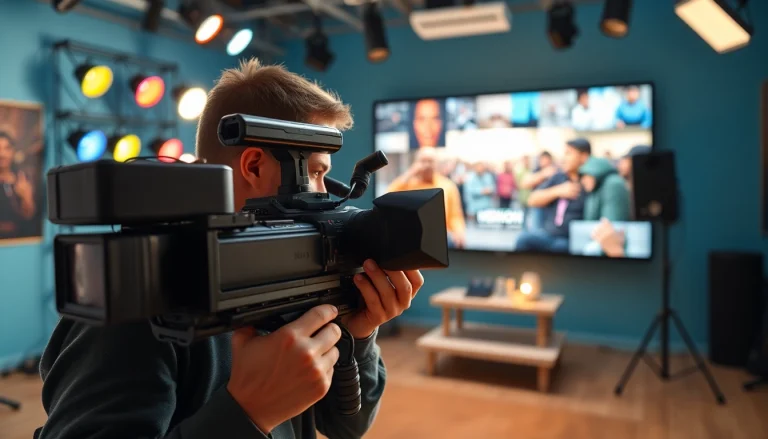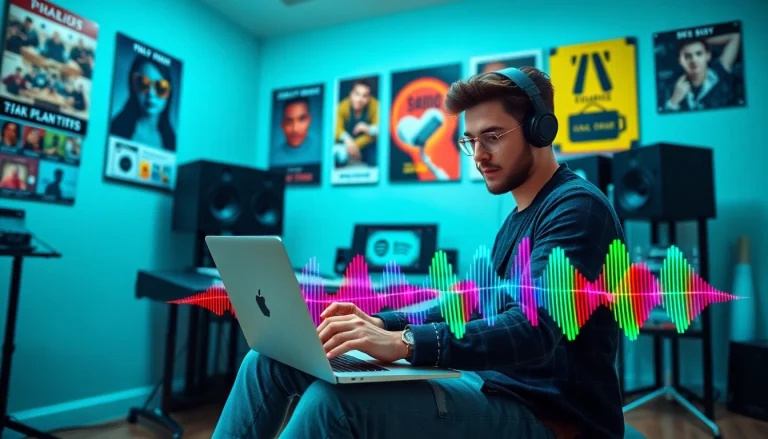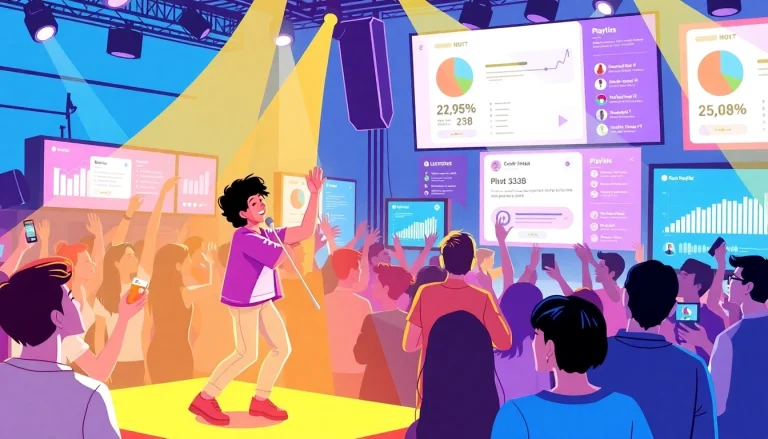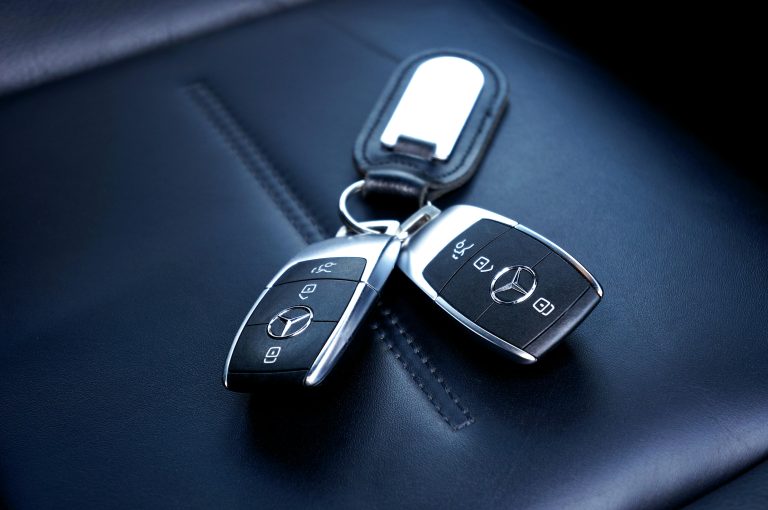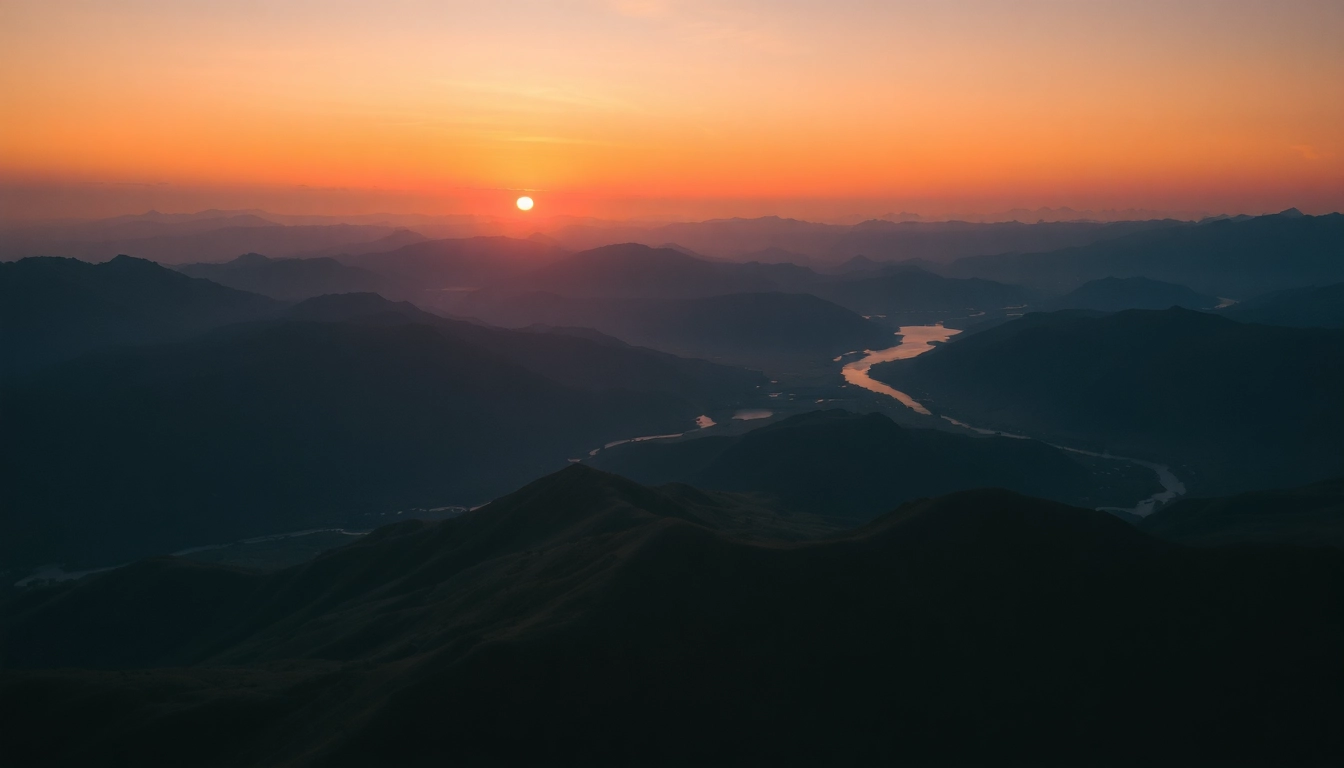
Introduction to Aerial Photography Drone Cameras
Aerial photography has transformed the way we capture images of the world around us, providing unique perspectives that were once only achievable through manned aircraft. Today, aerial photography drone camera technology has made this art form accessible to photographers, filmmakers, and hobbyists alike. With various drone models and camera types available, understanding how to leverage these tools effectively can be the difference between mediocre shots and breathtaking aerial imagery.
The Basics of Drone Photography
At its core, drone photography involves using unmanned aerial vehicles (UAVs) equipped with cameras to capture photos and videos from the sky. Unlike traditional photography, drone photography allows for angles and viewpoints that are simply unattainable from the ground. With advancements in technology, drones are now equipped with high-quality cameras, GPS, and stabilization systems, making aerial photography easier and more reliable than ever.
Types of Aerial Photography Drone Cameras
Not all cameras are created equal, especially when it comes to aerial photography. The type of camera you choose can greatly affect the quality of your images. Here are some of the primary types:
- Built-in Cameras: These are integrated with the drone and are designed specifically for that model. They are easy to use and usually optimized for the drone’s flying capabilities.
- DSLR and Mirrorless Cameras: For professionals seeking superior image quality, drones that can carry DSLR or mirrorless cameras are the best choice. They offer interchangeable lenses and superior photo sensors.
- Action Cameras: Lightweight and rugged, action cameras can be mounted on drones for capturing dynamic shots. They are ideal for shooting in challenging conditions.
- Thermal and Multispectral Cameras: These specialized cameras serve niche markets, such as agriculture and environmental monitoring. They can capture data beyond just visual images.
Choosing the Right Drone for Your Needs
When selecting an aerial photography drone camera, consider the following factors:
- Camera Quality: Look for drones with high-resolution cameras capable of shooting in RAW format for better editing latitude.
- Flight Time: Battery life is crucial. Most drones can fly for 20-30 minutes, but longer flight times provide more opportunities for diverse shots.
- Range and Control: The distance a drone can fly from the operator is important for capturing expansive landscapes.
- Portability: If you intend to travel with your drone, consider its size and weight.
- Budget: High-end models often come with professional-grade features, but there are also many excellent budget options available.
Essential Techniques for Aerial Photography
Understanding Composition and Framing
Aerial photography isn’t just about height; it’s about composing images that tell a story. The basic rules of composition—such as the rule of thirds, leading lines, and framing—apply just as much here. Think about how the landscape interacts with your subject and include elements that lead the viewer’s eye into the frame. Experiment with different angles and heights to find unique compositions that stand out.
Lighting Tips for Drone Photography
Natural lighting plays a crucial role in photography, and aerial photography is no exception. The golden hour—shortly after sunrise and before sunset—provides warm, soft lighting that can enhance the color and depth of your shots. Midday lighting can be harsh, producing strong shadows, so either aim to shoot within the golden hours or embrace this challenge by focusing on textures and patterns in the landscape.
Common Mistakes to Avoid
To master aerial photography, it’s essential to recognize common pitfalls:
- Neglecting Battery Life: Always check your battery levels and plan your flights accordingly to avoid mid-air shutdowns.
- Ignoring Local Regulations: Be aware of any laws or restrictions regarding drone use in your area.
- Overlooking Post-Processing: Aerial shots can often benefit from enhancements in editing. Don’t underestimate the power of good post-production.
Edit and Enhance Your Aerial Shots
Best Editing Software for Aerial Photos
Post-processing is an integral part of photography, allowing you to enhance your images creatively. Popular editing software includes:
- Adobe Lightroom: Excellent for color correction and adjusting exposure without compromising image quality.
- Adobe Photoshop: Ideal for more extensive edits, such as removing objects from the frame or modifying elements within the image.
- Capture One: Favored by professionals for its powerful color grading tools.
Color Correction Techniques
Drone cameras often capture images that may require color correction. Pay attention to white balance, contrast, and saturation in your editing. Using Lightroom, the HSL (Hue, Saturation, Luminance) sliders can help you target specific color adjustments to ensure the final image reflects the true beauty of the scene.
Adding Creative Effects to Elevate Your Images
After color correction, consider adding creative effects to your images. Techniques such as HDR (High Dynamic Range) imaging can balance out lighting between dark and bright areas, giving your aerial shots an impressive dynamic range. Experimenting with filters and overlays can also introduce a fresh and unique aesthetic to your work.
Real-World Applications of Aerial Photography
Commercial Uses in Various Industries
Aerial photography has exploded in commercial applications. Industries such as filmmaking, advertising, and event coverage have embraced drone technology for its cost-effectiveness and unique perspective. Drones can capture high-quality footage of events from angles that traditional recording methods cannot achieve, resulting in eye-catching promotional materials.
Aerial Photography in Real Estate Marketing
In real estate, aerial photography has become a game-changer. Stunning shots of properties set in their surrounding landscapes provide potential buyers with a more thorough understanding of the property and neighborhood. This technique is particularly useful for large estates, waterfront properties, or locations in scenic areas where the visual impact is paramount.
Using Aerial Shots for Environmental Monitoring
Aerial photography isn’t just for commercial use; it is also a powerful tool in environmental monitoring and conservation. Drones can survey forests, wildlife habitats, and pollution sites more efficiently than ground crews, tracking changes in ecosystems over time. This ability to gather data remotely also minimizes disturbance to wildlife.
Advanced Aerial Photography Techniques and Trends
Understanding Drone Regulations and Safety
Before flying a drone, it’s essential to understand local regulations regarding aerial photography. In many countries, including the United States, drone operators must adhere to guidelines set by aviation authorities, which cover aspects like maximum altitude, restricted airspace, and privacy concerns. Ensuring compliance not only keeps you legally protected but also contributes to the safe operation of drones in public spaces.
Emerging Trends in Aerial Imagery
The field of aerial photography is constantly evolving. Current trends include the rise of 360-degree aerial shots, photogrammetry to create 3D models, and the integration of artificial intelligence for image analysis. Additionally, the demand for real-time data collection using drones, particularly in sectors like agriculture and disaster management, is on the rise.
Future Technologies in Aerial Photography
Looking ahead, technological advancements promise to boost the capabilities of drones. Innovations such as improved battery life, enhanced AI processing for autonomous flight, and drones equipped with advanced sensors will allow for even more sophisticated aerial photography. As the technology matures, it’s likely that we’ll see new applications that we can only imagine today.
